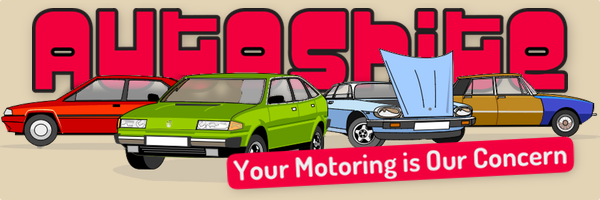MR_BOL'S EUROSHITE SCANS - New Jan 2018 - Renault 4 built by Alfa Romeo
-
Similar Content
-
Alfa Romeo museum in Milan
By dome,
- 18 replies
- 1,024 views
-
♻️ Grizz’s New 4x4 arrived ~~ ASTRO Van 🚙 Renault SCENIC 1.5dci 🚙 1966 Chevy C10 🚘 1 2 3 4 73
By grizz,
- 2,181 replies
- 294,713 views
-




Recommended Posts
Create an account or sign in to comment
You need to be a member in order to leave a comment
Create an account
Sign up for a new account in our community. It's easy!
Register a new accountSign in
Already have an account? Sign in here.
Sign In Now